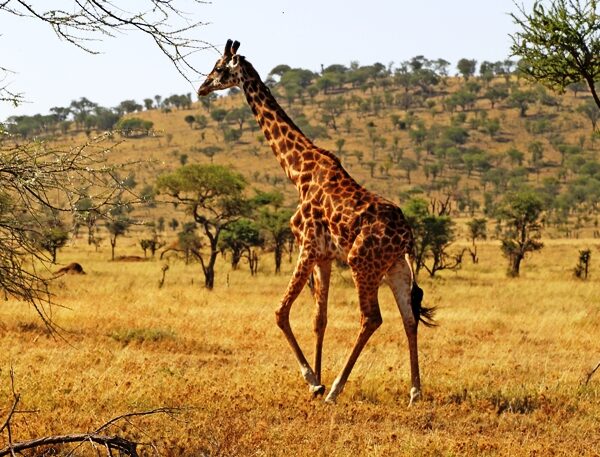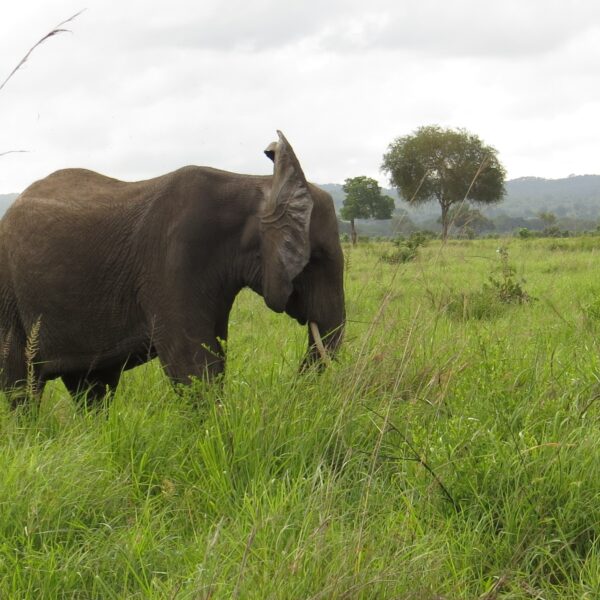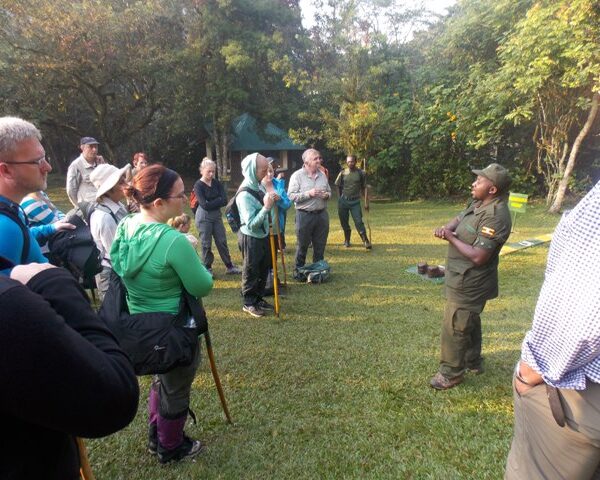Birdwatching in Tanzania
Why Tanzania?
Tanzania is one of Africa’s top birding and wildlife destinations, with close to 40 endemic bird species and over 1,100 species recorded nationwide. Its diverse landscapes — from coastal plains and montane forests to vast savannas and arid bushlands — create an extraordinary variety of habitats for resident and migratory birds. Nearly a quarter of the country (23%) is protected in national parks and reserves, ensuring unrivaled opportunities to combine world-class birding with spectacular game viewing.
Birding Regions of Tanzania
For birdwatchers, Tanzania can be divided into three main regions and two smaller western zones:
Northern Circuit: Famous for iconic safari destinations such as Serengeti National Park, Ngorongoro Crater, Lake Manyara, Tarangire, and Lake Natron. This is where sweeping savannas meet alkaline lakes teeming with flamingos and raptors.
Southern Circuit: Includes Mikumi, Ruaha, Udzungwa Mountains, Nyerere (Selous), and the Kilombero Floodplains. This region is wilder, less crowded, and holds many localized endemics.
Coastal & Islands: Zanzibar, Pemba, and Mafia Islands offer coastal birding specialties and seabirds alongside a fascinating Swahili cultural backdrop.
Mountains: Eastern Arc ranges such as the Uluguru and Udzungwa Mountains harbor some of the country’s most range-restricted endemics.
Lake Victoria & Far Northwest: Productive wetlands and forest patches near the Ugandan border hold specialties otherwise hard to see elsewhere.
Best Time for Birding
Tanzania is rewarding for birding year-round, but the most productive months are October–December and March–May, when migrants from Europe and Asia mix with resident species in breeding plumage. The dry season (June–October) is excellent for game viewing and easier access to remote reserves, while the green season (November–April) offers lush scenery, breeding birds in dazzling colors, and great opportunities for photography.
Wildlife & Culture
A Tanzania birding safari is never just about birds. The country is home to the highest concentration of large mammals in Africa, including elephants, lions, leopards, wild dogs, and spectacular antelopes such as sable, roan, and greater kudu.
Beyond wildlife, Tanzania has a rich cultural fabric with over 120 ethnic tribes, unified by the national language, Swahili (Kiswahili). Visitors can explore Stone Town in Zanzibar, wander the narrow streets lined with centuries-old Arabian architecture, or sail the Indian Ocean in traditional dhows that have carried traders for centuries.



